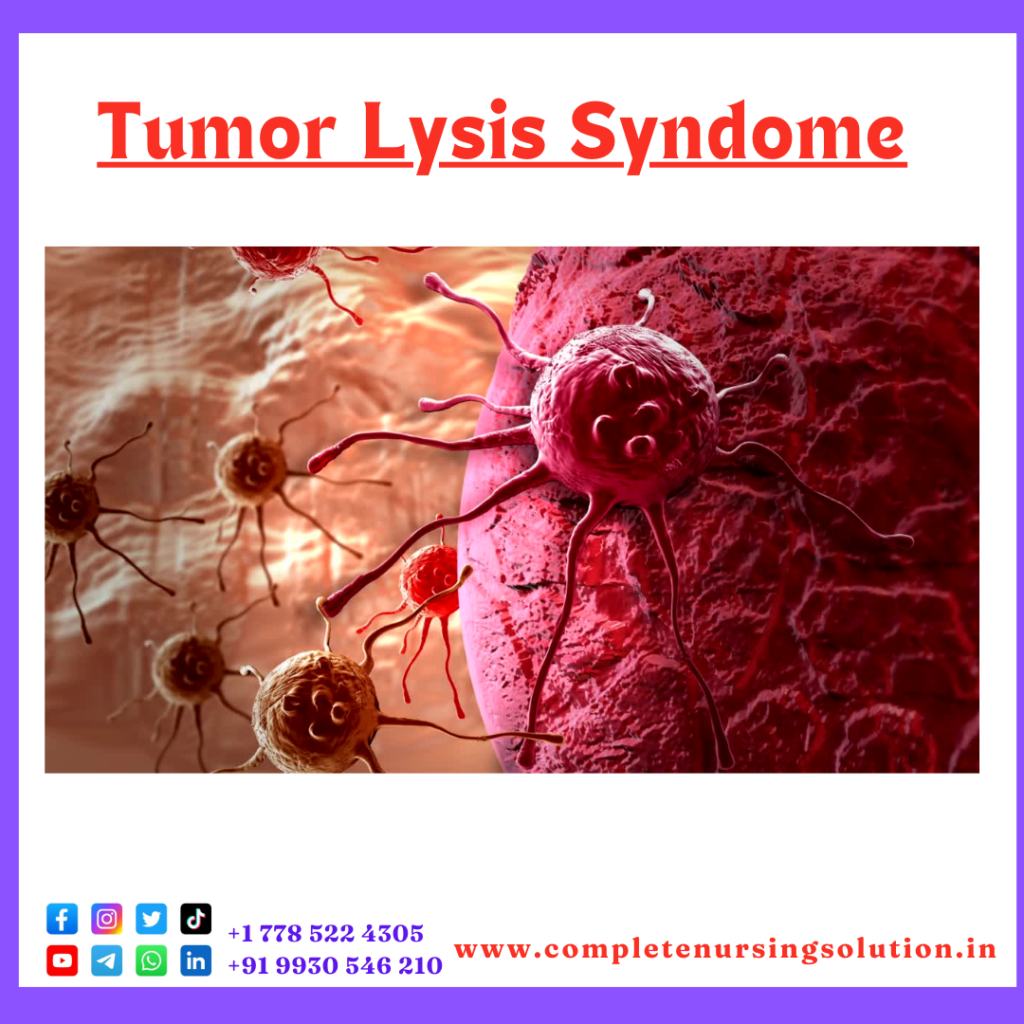Trigeminal neuralgia is sudden, sharp pain along the distribution of the trigeminal nerve. The symptoms are usually unilateral and primarily in the maxillary and mandibular branches. Clients may experience chronic pain with periods of less severe pain, or "cluster attacks" of pain between long periods without pain. Triggers can include washing the face, chewing food, brushing teeth, yawning, or talking. Pain is severe, intense, burning, or electric shock-like. The primary intervention for trigeminal neuralgia is consistent pain control with medications and lifestyle changes. The drug of choice is carbamazepine. It is a seizure medication but is highly effective for neuropathic pain. Carbamazepine is associated with agranulocytosis (leukopenia) and infection risk. Clients should be advised to report any fever or sore throat. Behavioral interventions include the following:
1. Oral care use a small, soft-bristled toothbrush or a warm mouth wash
2. Use lukewarm water; avoid beverages or food that are too hot or cold (Option 1)
3. Room should be kept at an even and moderate temperature
4. Avoid rubbing or facial massage. Use cotton pads to wash the face if necessary.
5. Have a soft diet with high calorie content; avoid foods that are difficult to chew. Chew on the unaffected side of the mouth.
(Option 2) A high-fiber diet is not required for a client with trigeminal neuralgia, and the additional chewing with higher-fiber foods may serve as a pain trigger.
(Option 3) Clients with trigeminal neuralgia are encouraged not to massage the face as this can trigger pain .
Trigeminal neuralgia is sudden, sharp pain along the distribution of the trigeminal nerve. The symptoms are usually unilateral and primarily in the maxillary and mandibular branches. Clients may experience chronic pain with periods of less severe pain, or "cluster attacks" of pain between long periods without pain. Triggers can include washing the face, chewing food, brushing teeth, yawning, or talking. Pain is severe, intense, burning, or electric shock-like. The primary intervention for trigeminal neuralgia is consistent pain control with medications and lifestyle changes. The drug of choice is carbamazepine. It is a seizure medication but is highly effective for neuropathic pain. Carbamazepine is associated with agranulocytosis (leukopenia) and infection risk. Clients should be advised to report any fever or sore throat. Behavioral interventions include the following:
1. Oral care use a small, soft-bristled toothbrush or a warm mouth wash
2. Use lukewarm water; avoid beverages or food that are too hot or cold (Option 1)
3. Room should be kept at an even and moderate temperature
4. Avoid rubbing or facial massage. Use cotton pads to wash the face if necessary.
5. Have a soft diet with high calorie content; avoid foods that are difficult to chew. Chew on the unaffected side of the mouth.
(Option 2) A high-fiber diet is not required for a client with trigeminal neuralgia, and the additional chewing with higher-fiber foods may serve as a pain trigger.
(Option 3) Clients with trigeminal neuralgia are encouraged not to massage the face as this can trigger pain .

